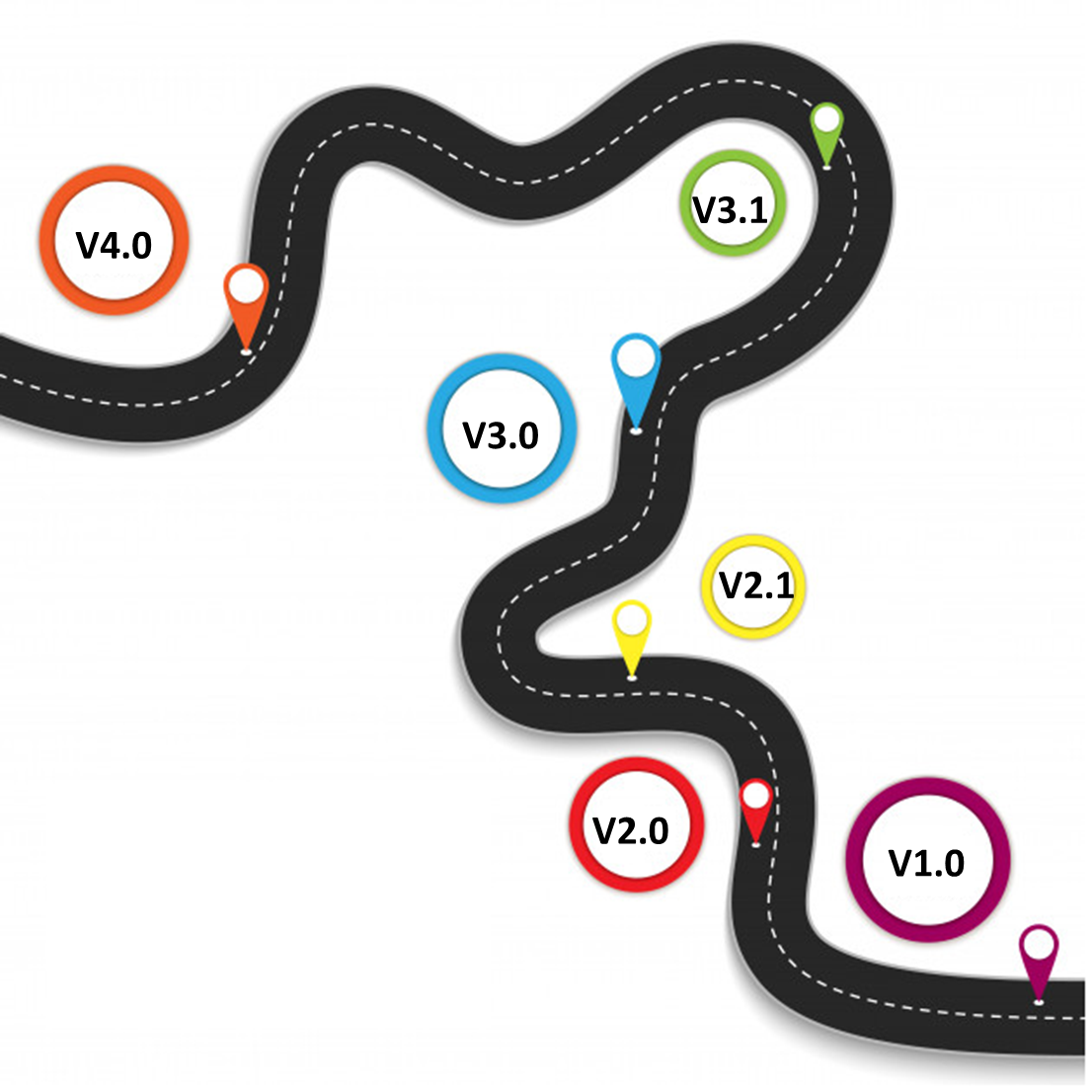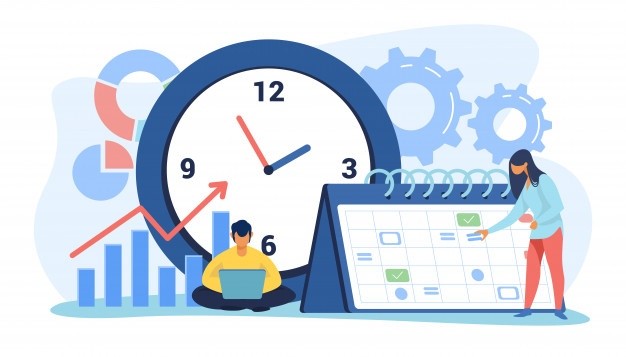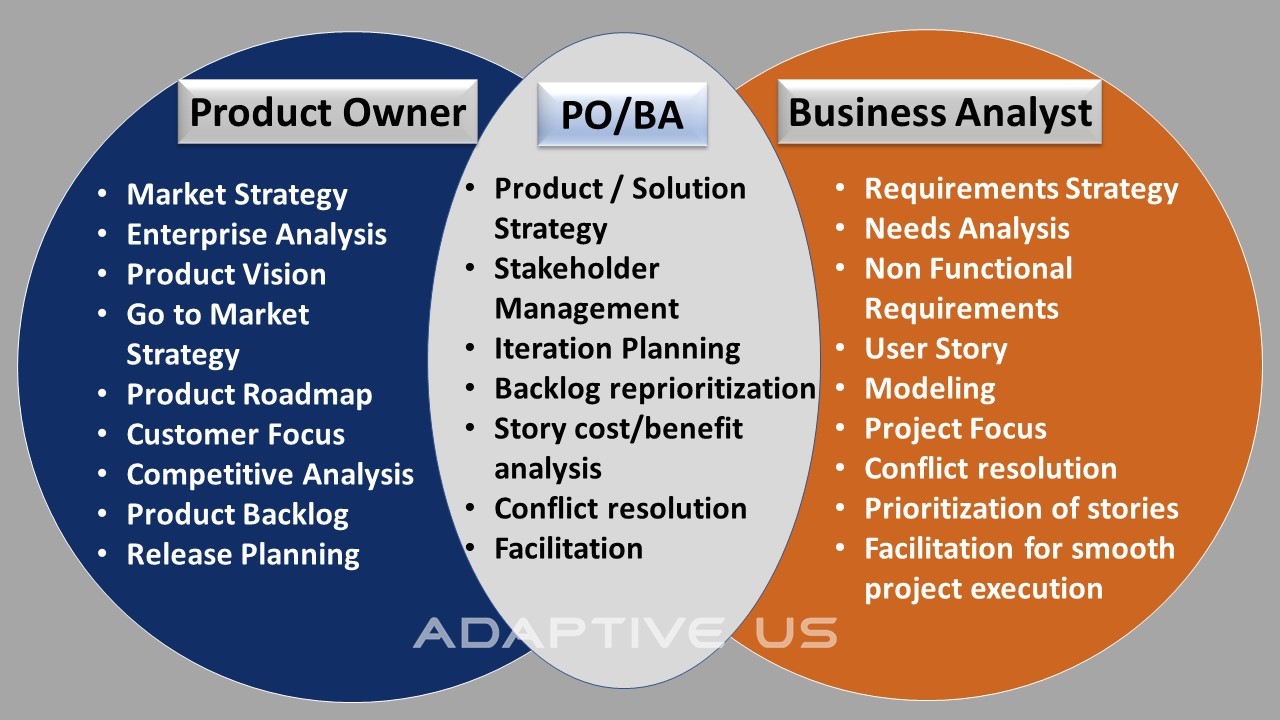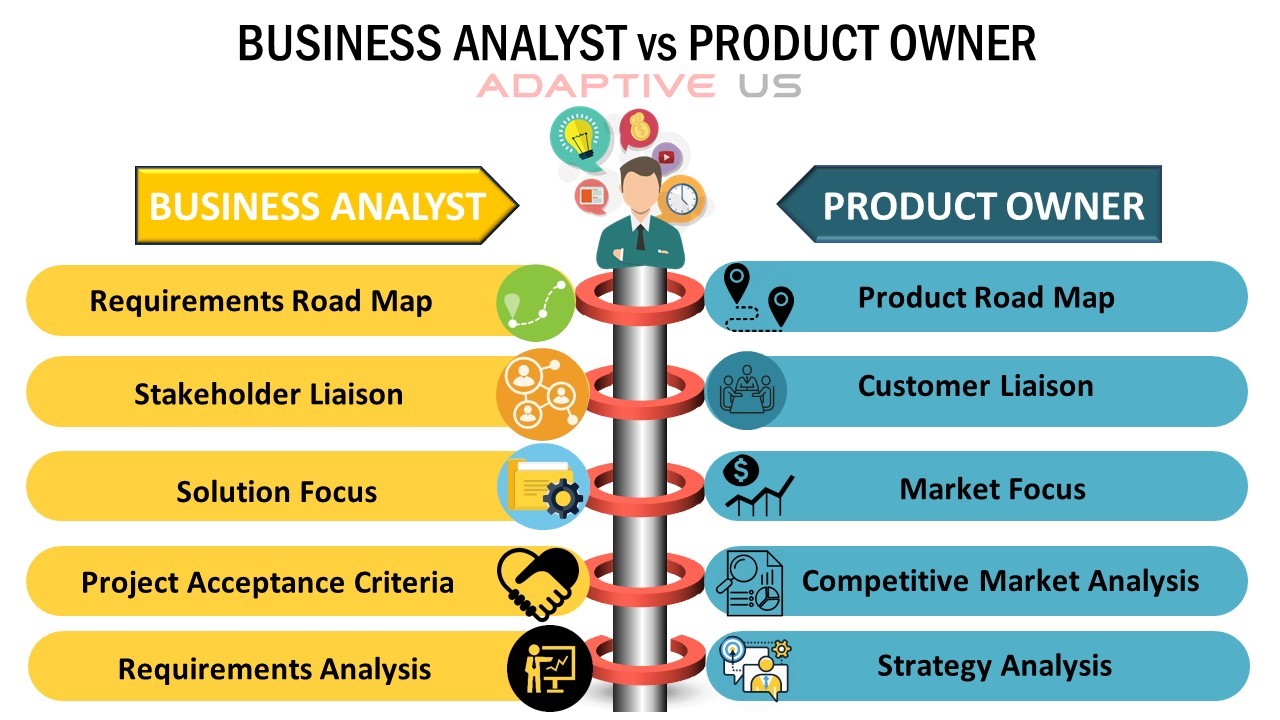
Product Owner vs. Business Analyst – Demystifying the ambiguities
Agile projects, due to the short cycles of delivery, require a collaborative team, substantial leadership support, and a robust, agile culture to be in place to be called as working and successful.
The two key pillars for a successful agile project are the product owner and the business analyst.
The product owner works almost like the director of a movie, envisioning the macro and micro-level details for the product. At the same time, the business analyst ensures smooth execution of the sprint and manages the epics and stories’ details.
However, there are many ambiguities between these two roles due to some overlap of skills and responsibilities.
Let us look at both the roles to seek the similarities and differences –
1. Product Owner
The product owner has a vision of the product keeping the domain/industry experience and the market need.
His/her job is to ensure that the product meets the market and stakeholder needs; he/she conducts a market analysis followed by an enterprise SWOT analysis to come up with the product vision. The PO also works on the go-to-market strategy for the product.
The product owner tries to leverage his/her experience/expertise in the domain, need of the market, the industry or the domain that it is into, the organization’s market position, and the customer expectation of the product as seen over the years of experience.
Critical Responsibilities for Product Owner
- Market Analysis –
- Analysis of market need/demand
- Availability of similar products in the market
- Underserved customer needs
- Potential trends in synergy with current offerings

- Enterprise Analysis
- SWOT analysis
- Due diligence on the market opportunity
- Product offering decision based on the due diligence report
- Product vision and roadmap –
- Product vision keeping the need analysis in mind
- Product roadmap with high-level features and timeline

- Go to Market Strategy –
- Go to market strategy.
- Marketing messages/communications
- Channels of marketing
- Modes of advertising

- Managing Product features
- Managing stakeholder expectations and prioritizing their needs
- Prioritization of the epics/stories/features based on criticality and ROI involved

The PO works closely with the stakeholders and the BA in giving more details to the product..

- Managing Product backlog
- Prioritization of user stories
- Reprioritization based on stakeholders’ needs
- Epics planning
- Managing overall iteration progress
- Sprint progress review
- Reprioritization of sprints and epics if needed
- Sprint retrospectives with BA
2. Business Analyst
As we know, business analysts are the change-makers, problem solvers, questioners, facilitators, the bridge between the users/stakeholders and the agile team. They question assumptions and requirements, assess the needs, find gaps, and work closely with the stakeholders/SMEs to detail the requirements/features /user stories and understand/elicit the requirements. They work closely with the product owners to manage the user stories and epics.
- Requirements modeling and elicitation
- Data flow diagrams
- Business rules
- Dependency mapping
- Smooth execution of the sprints
- Requirements clarification to the team
- Maintaining the dependency map and the traceability matrix.
- Facilitation support for users in UAT
The Business analyst role supports the Product Owner in delivering detailed artifacts. We often consider the business analyst as a proxy product owner. This allows the agile team to have a higher amount of access to product owner’s perspectives.
Critical Responsibilities for Business Analyst
- Managing User stories –
- Prioritizing the user stories
- Clearing the impediments if any

- Detailing the requirements as per the stakeholders’ needs and expectations
- Requirements elicitation
- Business rules
- Modeling
- Requirements walkthroughs
- Requirements workshops
- Acceptance criteria

- Clarifying the details of requirements with stakeholders
- Coordinating with the development team to get the stories developed
- Day to day support in requirements clarifications and business rules
- SPOC for the agile team for all requirements related queries
- Impact analysis for changes–
- Maintaining the traceability matrix and dependencies.
- Components mapping
- Impact analysis for changes
- Work closely with the PO on the sprint execution –
- A representative of the PO in the agile team in clarifying questions and issues.
- Assists the PO in managing the sprint and the product backlog

- Take a lead role in the sprint retrospectives

3. Final Thoughts
As we saw, there is indeed a fair amount of overlap of skills and responsibilities between the two roles. As the name indicates, a Product owner works like an owner of the product, envisioning almost every detail of the product and how to make it market-ready. And on the other hand, the BA gives colors to the vision and makes it a reality. But the lines get somewhat blurred sometimes. Here is a simple Venn diagram depicting the tasks/responsibilities and the skills involved for both roles.

Won’t you laugh at me if I say a good collaboration or teamwork is like a happy marriage where things run smoothly, the needs are taken care of without stressing about it, and happiness is delivered.
The same thing applies in an agile team, between the PO and the BA role. They are required to work closely to push it to a successful release to the market.

We can’t stress enough how important it is to have a clear set of requirements and a well-defined problem to be solved. A well-understood and well-defined problem mean half the job the done.
Like all other partnerships, this also becomes successful with a close collaboration between the BA and the PO. The better the two roles collaborate, the better value delivered, and the better managed the agile team and the sprint is. Overall, it’s the collaborative effort of a team that makes it a winning one.
Having a PO with sound domain knowledge helps put across the right features. An experienced BA helps in excellent sprint execution and perfect collaboration between the numerous stakeholders and the agile team.
To summarize, the PO manages the bigger picture of the market expectations and the product. The BA manages the close monitoring and executions of the sprint, thereby delivering great products and building winning teams. The result is a winner product and a happy and successful agile team.

สมัครyehyeh
… [Trackback]
[…] Read More on to that Topic: batimes.com/articles/product-owner-vs-business-analyst-demystifying-the-ambiguities/ […]